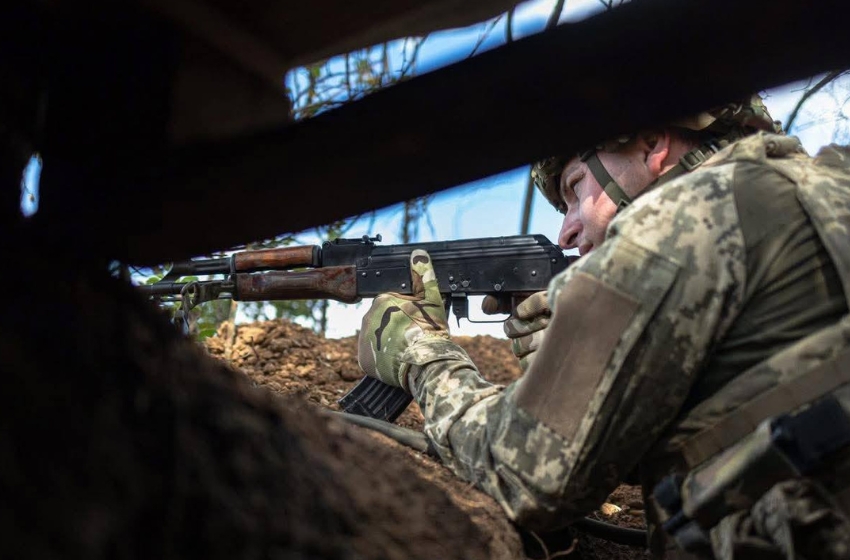Military counter-intelligence of the Security Service exposed two agents of the Main Directorate of the General Staff of the Russian Federation (better known as the GRU) due to a special operation in Odessa.
The attackers gathered intelligence about possible locations and movements of air defense units of the Armed Forces of Ukraine in the region. However, the employees of the Security Service timely exposed the Russian agency and established control over it even at the initial stage of subversive activities.
In the end, the SSU detained both spies when they tried to pass classified information to the Russian Federation.


Both of the detainees - a man (born in Odessa, but later served in the Russian army and participated in hostilities on the territory of Chechnya) and a wife - were citizens of the Russian Federation. They were sent to Ukraine early in 2018 and received a residence permit. In this way, Russian military intelligence planned to create its own intelligence apparatus south of Ukraine.
Before a full-scale invasion, a family of agents collected data on the socio-political situation in the region and expanded their circle of acquaintances, preparing for the main tasks.
And after February 24, first of all, they tried to identify the combat positions of the "Crotale" anti-aircraft missile systems and the location of field artillery depots with ammunition for Anti-aircraft missile complexes. The occupiers needed intelligence information to carry out airstrikes with Kalibr or Kinzhal class missiles against Ukrainian military facilities.



Therefore, the attackers began actively gathering information about units of the Defense Forces in the Kherson area.
The agents sent the collected information to a "liaison" - a resident of Sevastopol, a former Russian special forces officer who secretly cooperates with the GRU, and uses the position of the head of a charity fund for "covering". He passed the information on to his supervisor, a Russian military intelligence staff member.
The agents used a previously developed anonymous Telegram channel to communicate with representatives of the Russian special service.



During searches of the agents' residences, law enforcement officers found mobile phones and computer equipment with evidence of hidden correspondence with the aggressor.
The special operation to expose enemy agents was carried out by the SSU Military Counterintelligence Department's employees and the investigators of the Security Service of the Odessa region with the participation of the SSU Counterintelligence Department and the procedural leadership of the regional prosecutor's office.





















